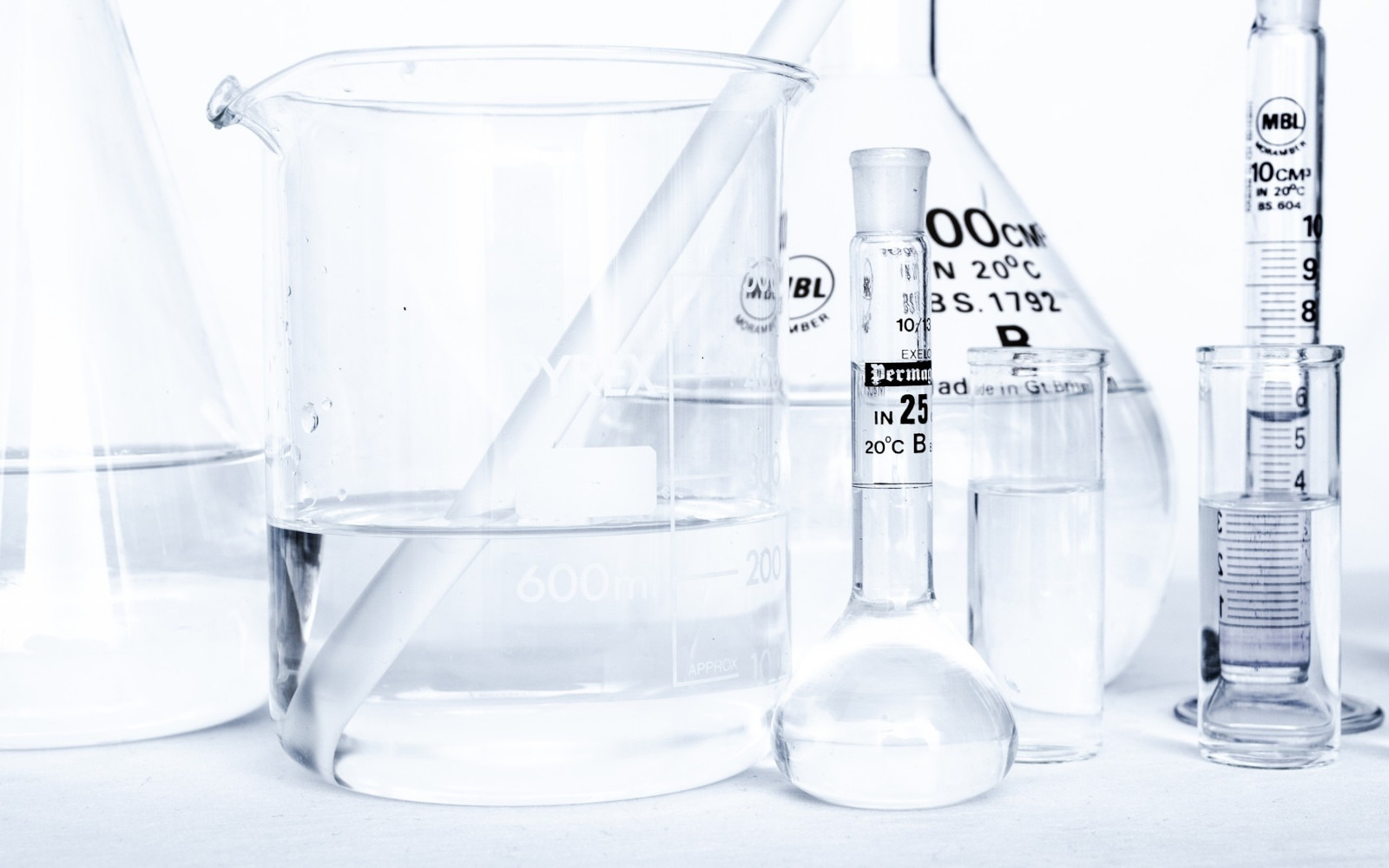Peracetic Acid (C2H4O3), also known as peroxyacetic acid, is a colorless liquid with a strong, pungent odor, commonly used as a disinfectant and sterilant. It is a potent oxidizing agent, making it effective in a wide range of industrial and healthcare applications.
However, due to its corrosive nature and potential health hazards, proper handling and safety measures are essential.
This article explores the health effects of peracetic acid exposure, its industrial uses, and critical safety measures for workers and safety managers.
Health Effects of Peracetic Acid Exposure
Peracetic Acid is highly reactive and can cause severe irritation and burns upon contact. The severity of health effects depends on the concentration and duration of exposure.
Acute Exposure
- Respiratory Irritation: Inhalation of C2H4O3 vapors can cause irritation of the respiratory tract, leading to symptoms such as coughing, throat irritation, and difficulty breathing. High concentrations can result in more severe respiratory symptoms, including bronchospasm and pulmonary edema.
- Eye and Skin Burns: Direct contact with C2H4O3 can cause severe burns and irritation to the eyes and skin. Symptoms may include redness, blistering, and intense pain. Eye exposure can result in corneal damage and potential vision loss if not promptly treated.
- Gastrointestinal Effects: Ingestion of C2H4O3 can lead to severe damage to the gastrointestinal tract, causing symptoms such as nausea, vomiting, abdominal pain, and diarrhea.
Chronic Exposure
- Chronic Respiratory Issues: Long-term exposure to low levels of C2H4O3 can lead to chronic respiratory conditions, such as bronchitis and asthma-like symptoms. Individuals with pre-existing respiratory conditions are at higher risk.
- Sensitization: Repeated skin contact with C2H4O3 can lead to sensitization, resulting in allergic reactions upon subsequent exposures.
Industries and Applications
Peracetic Acid is utilized in various industries due to its disinfectant and sterilizing properties. Key applications include:
- Food and Beverage Industry: C2H4O3 is widely used for sanitizing equipment and surfaces in food and beverage processing plants, as it effectively kills bacteria, viruses, and fungi.
- Healthcare and Pharmaceutical: It is used for sterilizing medical equipment, surgical instruments, and surfaces in hospitals and laboratories, offering an alternative to steam sterilization for heat-sensitive items.
- Water Treatment: C2H4O3 is employed in wastewater treatment and potable water disinfection, helping to eliminate pathogens and improve water quality.
Safety Considerations and Best Practices
Due to the hazardous nature of peracetic acid, implementing comprehensive safety measures is crucial to prevent exposure and ensure a safe working environment.
Monitoring and Detection
- Peracetic Acid Detection Systems: Reliable peracetic acid detectors, such as the Accusafe or GasD 8000 by Interscan, are essential for monitoring ambient levels in workplaces. These systems should be regularly calibrated and maintained to ensure accurate readings.
- Ventilation: Proper ventilation systems, including local exhaust ventilation, are crucial to disperse C2H4O3 vapors and maintain safe air quality, especially in enclosed spaces.
Personal Protective Equipment (PPE)
- Respiratory Protection: Workers should use appropriate respiratory protective equipment, such as air-purifying respirators with acid gas cartridges, especially in areas with potential peracetic acid exposure.
- Eye and Skin Protection: Protective clothing, gloves, and safety goggles or face shields are necessary to prevent skin and eye contact with C2H4O3.
Emergency Response and Training
- Emergency Protocols: Clear emergency response procedures should be established, including evacuation plans, first aid measures, and immediate medical attention for exposure cases. Safety showers and eyewash stations should be accessible in areas where peracetic acid is handled.
- Training and Education: Regular training on the hazards of C2H4O3, proper use of PPE, and emergency response actions is vital. Workers should be trained to recognize the symptoms of peracetic acid exposure and understand the necessary steps to take in an emergency.
Lesser-Known Insights and Considerations
- Stability and Decomposition: Peracetic acid can decompose into acetic acid and hydrogen peroxide, both of which are also hazardous. Proper storage conditions, including temperature control and avoidance of contamination, are essential to prevent decomposition and potential hazards.
- Environmental Impact: While peracetic acid decomposes into environmentally benign byproducts, its high reactivity can pose risks to aquatic life if released in large quantities. Proper waste management and spill response are crucial.
Peracetic Acid is a powerful disinfectant and sterilant with numerous industrial applications, but its potential health risks require careful handling and comprehensive safety protocols.
Understanding the health effects of C2H4O3 exposure, implementing reliable detection systems, and adhering to best practices for safety are essential steps in protecting workers and ensuring a safe working environment.
For more information on peracetic acid gas detection systems and to request a quote for the Accusafe or GasD 8000 by Interscan, contact us today. Prioritize safety with advanced gas detection solutions tailored to your industry’s needs.


